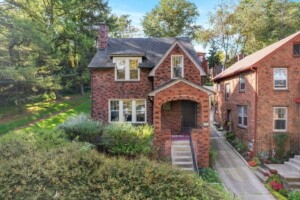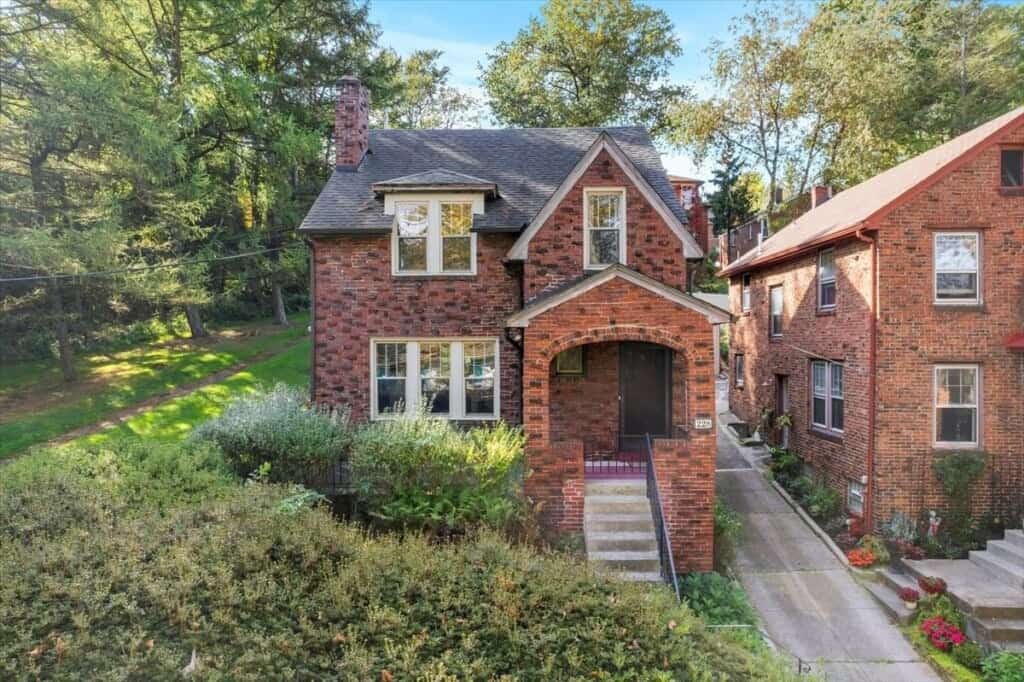
Key takeaways
- Prices ending in ‘990’ or ‘900’ create an illusion of value, while round numbers can signal prestige.
- The first price a buyer sees shapes real estate pricing psychology and becomes the benchmark for all future negotiations.
- Pricing strategies must align with the seller’s primary goal: achieving the highest possible price, or selling the home quickly.
When selling a home, the price you choose is the single most important factor, but it’s not just a financial decision. Setting the right price is an exercise in human psychology. It’s about how potential buyers perceive value, how they compare your home to others, and what emotions a number triggers.
Understanding real estate pricing psychology can give sellers a significant advantage, helping them attract more interest, generate competitive offers, and achieve a successful sale. In this Redfin real estate article, we will break down the psychology behind pricing and how to use it to ensure you get the best price as you sell your home in Kansas City or Ann Arbor.
What is the psychology behind home prices?
Real estate pricing psychology explores the mental shortcuts, biases, and emotional responses that influence a buyer’s decision-making process when they see a listing price. Instead of processing every available data point, buyers rely on simple, subconscious rules to determine if a price is fair or a bargain. A few powerful psychological effects shape this perception:
The anchoring effect
The first price a buyer sees becomes their mental “anchor.” When a house is listed, the initial price sets the standard by which all subsequent prices, including any price drops or counter-offers, are judged. A high anchor can make a lower, later price look like an enormous deal, but an anchor set too high can deter buyers from even considering the home.
The odd-even pricing effect
Odd-even pricing, often called “charm pricing,” is the strategy of ending a price with a number just below a round figure (e.g., $499,000 instead of $500,000). This taps into the brain’s tendency to process information from left to right. A buyer sees “4” and perceives the price as belonging to the $400,000 range, significantly different from the $500,000 range, even though the difference is only $1,000.
The decoy effect
When a seller offers three homes for sale, two similarly priced and one slightly more expensive, the middle-priced home can often look like the best value. In this scenario, the third, more expensive home acts as a decoy.
Its sole purpose is to make the target home, the one the seller wants to sell, look more reasonable and appealing by comparison. Home buyers use other houses in the neighborhood as a comparative decoy, which is why comparative market analysis is critical for pricing.
How can you apply real estate pricing psychology to your listing?
To use real estate pricing psychology principles effectively, you need a clear strategy that aligns with your selling goals:
- Match your price to your primary goal
- If your goal is to sell quickly: Use an aggressive charm price (e.g., $499,900) to maximize viewings and potentially ignite a bidding war that drives the price up beyond the asking price.
- If your goal is to maximize the final sales price: Use a price at the top of the range to establish a high anchor. You can then negotiate down if necessary, but you have set a high expectation from the start.
- Choose the right price ending. The last three digits of your price can be a powerful tool for messaging.
- $X99,900: This conveys value and often works best for mass-market listings because it triggers the odd-even pricing effect. It says, “We’re giving you the best possible deal.”
- $X00,000: A round number conveys luxury, simplicity, or prestige. It is often used for higher-end homes where the seller wants to signal a premium product.
- $X50,000: This is a safe, middle-ground approach. It avoids the perception of being overpriced while also steering clear of looking too aggressive or low.
- Price near a search bracket. Buyers often search for homes in round brackets (e.g., $400,000 to $450,000). To maximize visibility:
- Price just below the cut-off. A price of $499,900 will appear in searches for both “up to $500,000” and “up to $400,000” (if the buyer uses a large-enough range).
- Price at a key price point. Be aware of the most popular search tiers in your market and position your price strategically to capture the most buyer eyes.
Using real estate pricing psychology to sell your home
Ultimately, the price you place on your home is a powerful psychological tool. It’s the first communication you have with a potential buyer, and it dictates how they perceive value throughout the entire sales process.
By understanding the principles of real estate pricing psychology, you move beyond simply listing a house. You begin to influence the buyer’s decision-making process, generating stronger interest and positioning yourself for the most successful sale possible.
Frequently asked questions
Does a home priced at $499,000 really perform differently than one at $500,000?
Yes, studies and market data consistently show that prices ending in ‘9’ are viewed as significantly lower. This small $1,000 difference can dramatically increase buyer inquiries and showings.
Can an overpriced home hurt my chances of selling?
Absolutely. Pricing too high often leads to a long time on the market, fewer showings, and eventual price reductions. A home that sits for too long can become psychologically stigmatized, causing buyers to wonder what is wrong with it.
Is it better to price low to start a bidding war?
In a competitive seller’s market, pricing slightly below market value is a common and effective psychological tactic. The goal is to generate massive interest and multiple offers, which, together, drive the final sale price above what a simple fair-market price would have achieved.
The post Real Estate Pricing Psychology, Explained appeared first on Redfin | Real Estate Tips for Home Buying, Selling & More.





Join The Discussion